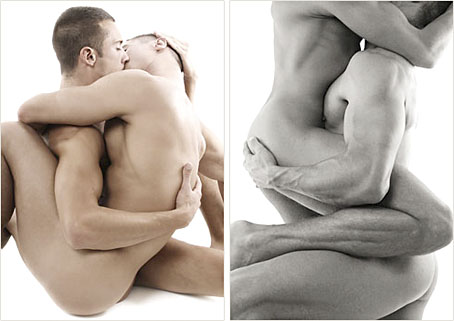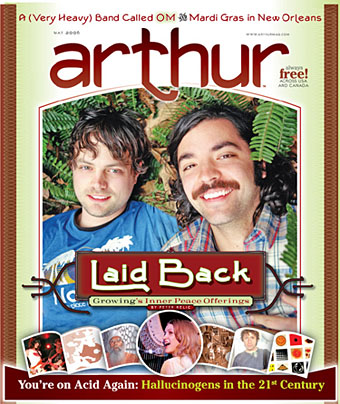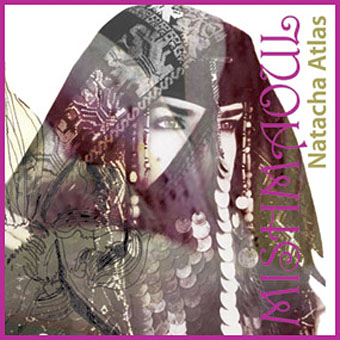Dylan Rosser
Photography by Dylan Rosser.
Arthur #22
America’s most vital cultural bulletin. Free PDF download.
How nature droners GROWING found their flow. By Peter Relic. Photography by Eden Batki.
Swiss anthropologist-author JEREMY NARBY talks with Jay Babcock about what hallucinogens like LSD and the Amazonian drink ayahuasca have to teach us in the 21st century. Introduction by author Erik Davis, with a full-color illustration by Arik Moonhawk Roper.
How columnist DOUGLAS RUSHKOFF learned to stop worrying about current events.
Why power duo Al Cisneros and Chris Haikus reunited to make the meditation-suitable
heavy metal sound of OM.
‘Do the Math’ columnist David Reeves on the main reason why the USA should seal its border with Mexico.
The life, work and astounding impact of North Indian vocalist PANDIT PRAN NATH, guru
to Western minimalists La Monte Young and Terry Riley. By Peter Lavezzoli.
‘New Herbalist’ columnist Molly Frances on Lord Byron’s secret elixir and the Prophet Muhammed’s top condiment: VINEGAR.
How to recognize—and use—OCCULT FORCES, by the Center for Tactical Magic.
Notes from Mardi Gras in New Orleans, 2006 by the intrepid Gabe Soria.
Comics by Vanessa Davis, Chris Wright and PShaw.
Scenes from ArthurBall 2006, featuring Joanna Newsom, The 5:15ers (Joshua Homme & Chris Goss) and Moris Tepper and Polly Harvey.
Bull Tongue columnists BYRON COLEY & THURSTON MOORE review Richard Youngs, Pink Mountaintops, Parts & Labor, Oneida/Plastic Crimewave, Ex Models, Mouthus, The Bummer Road, Idea Fire Company, Taurpis Tula, Spykes, Ong Ong, Carson Cistulli, Starbird, 2673, Ladderwoe, Tovah Olson, Pan Dolphinic Dawn, Gastric Female Reflex, ANP Quarterly, Matt Chambers, The Colonial, Mineshaft, Little Claw, Black Lips, Zaat, Mystical Footprints of Asia, Whysp, The Story, Skarerkauradio, Jerusalem & the Starbaskets, Noise Nomads, The Nightjar Review, Shannon Ketch, Jeremy Rendina, Carousel, Quantum Noise, Lambsbread, Carlos Batts, Trenton Doyle Hancock, S.M.S.R., Tchernoblyad, Narrowmind, Sudanstrain, Blod, Sharon’s Last Part, Mnem, Edwidge, The Rita, Mania, Ashtray Navigations, Evenings, Septic Sores, Bottom Dweller, Paul Metzger, Tombi and Glass organ.
C & D riff into the dawn on Marvin Gaye’s The Real Thing: In Performance, 1964-1981 dvd plus new albums from Gnarls Barkley, Rufus Harley, The Black Keys, The Raconteurs, Eagles of Death Metal, The Cuts, Future Pigeon, The Aggrolites, The Fiery Furnaces, Espers, Josephine Foster, Scott Walker, Fred Neil, Belong, Boris and Howlin Rain. Plus: Peter Relic’s Book Corner spotlights new poetry collections by Alex Mitchell and John Tottenham.
And more…





